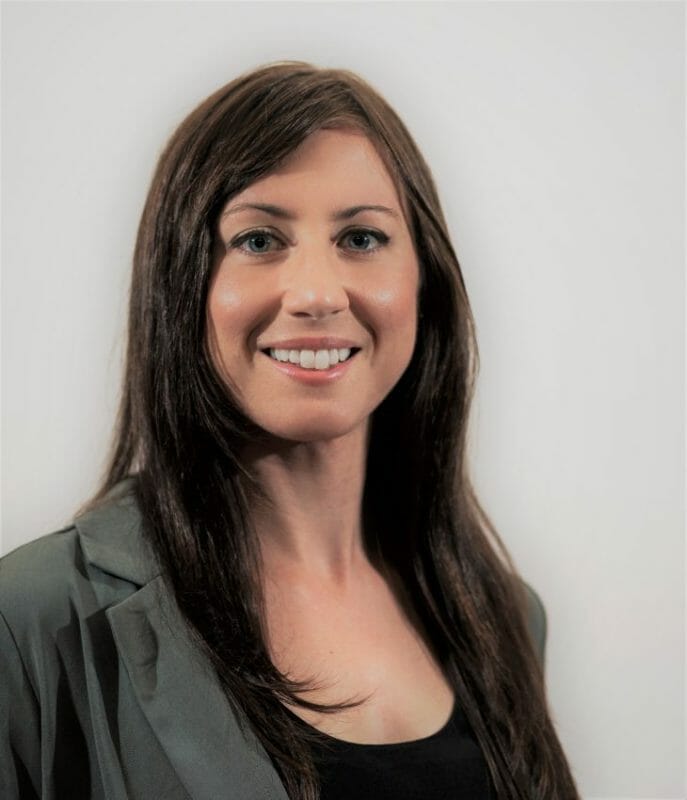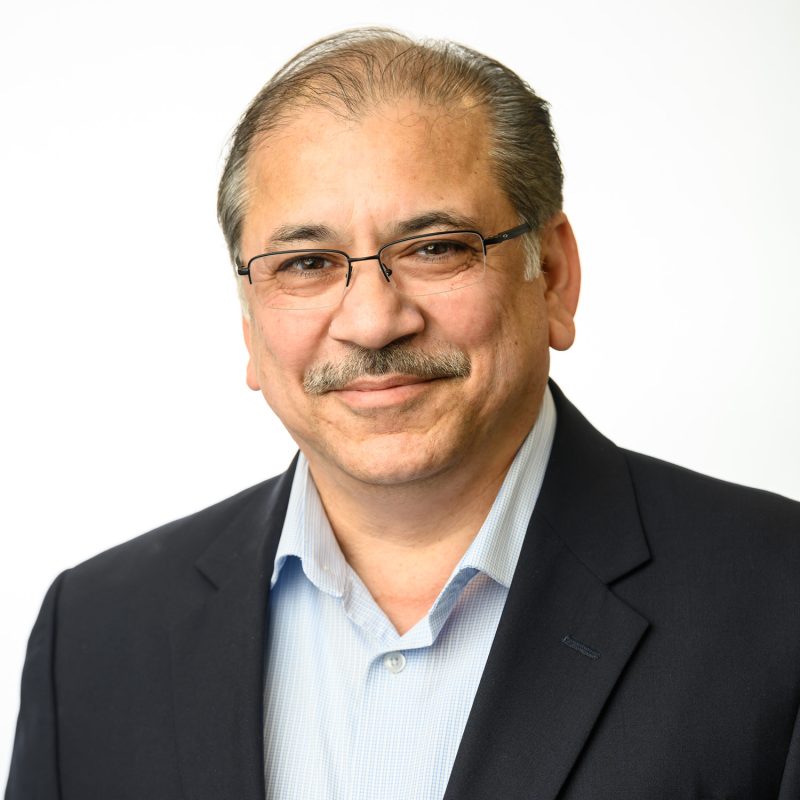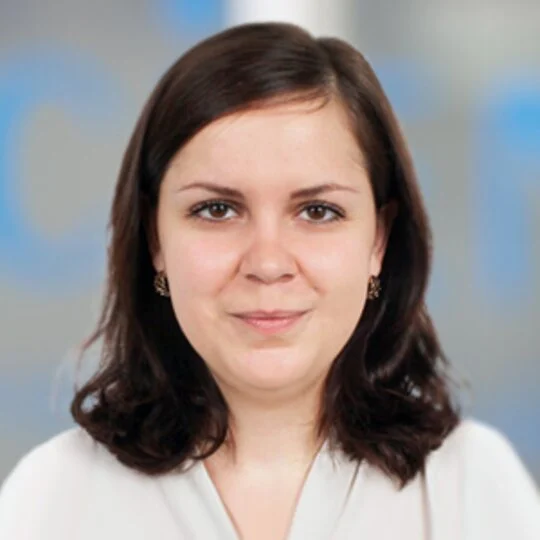For most adults, the first sign of dehydration is feeling thirsty. However, as we age, our thirst sensation naturally weakens, which means older people may not know that they need more fluids until they’re typically underhydrated, putting them at a higher risk of clinical dehydration.
Other age-related physiological changes can also impact a person’s ability to remain hydrated, such as a decline in kidney function. Indeed, the renal function begins to diminish around the age of 50. This is due mainly to accumulated oxidative damage, which affects cellular function and increases the risk of nephrosclerosis and loss of renal reserve and mass. Additionally, older people generally have a lower percentage of water in their bodies, which puts them at greater risk of dehydration, especially in hot weather.
Even older people in senior living or assisted care environments can be at increased risk of dehydration and severe health consequences. For instance, dementia patients in a nursing home may not be able to communicate to staff that they’re thirsty, which results in inadequate fluid intake. Moreover, many assisted living communities are plagued with issues like understaffing and language barriers that can impact the proper hydration of elderly residents.
All these issues and others can result in greater hospitalizations for this population group simply due to dehydration. They can also lead to ongoing health issues such as kidney stones and cardiovascular disease, limiting the body’s overall ability to maintain good health.
Thirst is an inexact indicator.
Ensuring an appropriate hydration level is essential for a healthy life at any age. So why aren’t we doing a better job of monitoring and measuring hydration? There are many reasons.
One is that it can be difficult to instill and maintain good hydration behaviors. Most of us who are not top-flight athletes don’t have the devices to track our hydration levels regularly. Indeed, aside from fluid analysis, there are only a few useful indicators of a body’s hydration overall.
Thirst is one. But it’s not a real-time indicator, and not especially reliable or exact. When your brain says, “I’m thirsty,” your body has lost almost 2% of its fluid, a condition approaching mild dehydration. To ensure that you’re effectively hydrated, you should drink long before the moment when you actually feel thirsty. Another indicator of hydration is urine, both its amount and color: darker pee and decreased output often signal dehydration, though not in every instance.
These are not exact ways of measuring hydration. But even clinical means of determining hydration have limits, partly because everybody is different. Some of us require more fluids than others. Some people can drink very little and still not be dehydrated. Indeed, there are many complex and individual variables in the hydration equation.
And that complexity only increases when it comes to older people. For example, when an older person is dehydrated, the symptoms could resemble dementia. This can make it difficult to recognize dehydration and address it.
Technology can help.
The good news is that dehydration in the elderly can be prevented using a combination of wearable medical devices and biosensing technology.
There are platforms that can measure a variety of biomarkers continually and noninvasively through a wearable device—in real-time. These platforms work with a photonics sensor that can read changes in the body’s water concentration. The sensor emits different laser wavelengths that pass through the skin to different depths and gauge water spectral features. It observes slight changes in skin components, including collagen, water, and lipids. As the water in the skin ebbs, the level of solutes rises, which alters water absorption.
Such a platform enables the elderly—and caregivers—to know their hydration status to a detailed degree and act to avoid reaching dehydration. The platforms use a “hydration index” that indicates hydration levels and provides suggested actions customized to individuals.
This is a breakthrough. A biomarker-sensing platform makes it possible to measure hydration noninvasively and constantly. It can recommend real-time steps for managing hydration in older people according to their particular needs.
Dehydration in the elderly is a serious problem that deserves more attention. Yes, age-related changes are part of life—but anything we can do to ward off detrimental changes as we age can significantly improve the quality of that life. Making better-informed decisions about hydration can boost our health and well-being far into our advanced years.
Author Bio: Jennifer L. Corso is a systems and exercise physiologist for Rockley Photonics, a global leader in photonics-based health monitoring and communications solutions. Her responsibilities include oversight of the current and next generation biomarker programs through product development. She plays an integral role connecting market requirements to engineering efforts, done through pragmatic clinical analysis, as well as applications, algorithm and IP development. She also assists in vital partnership activities between Rockley and customers in the medical, defense and wellness markets. She has submitted several patents and is a primary author on marketing communications. Jennifer is also a US Army Veteran.




